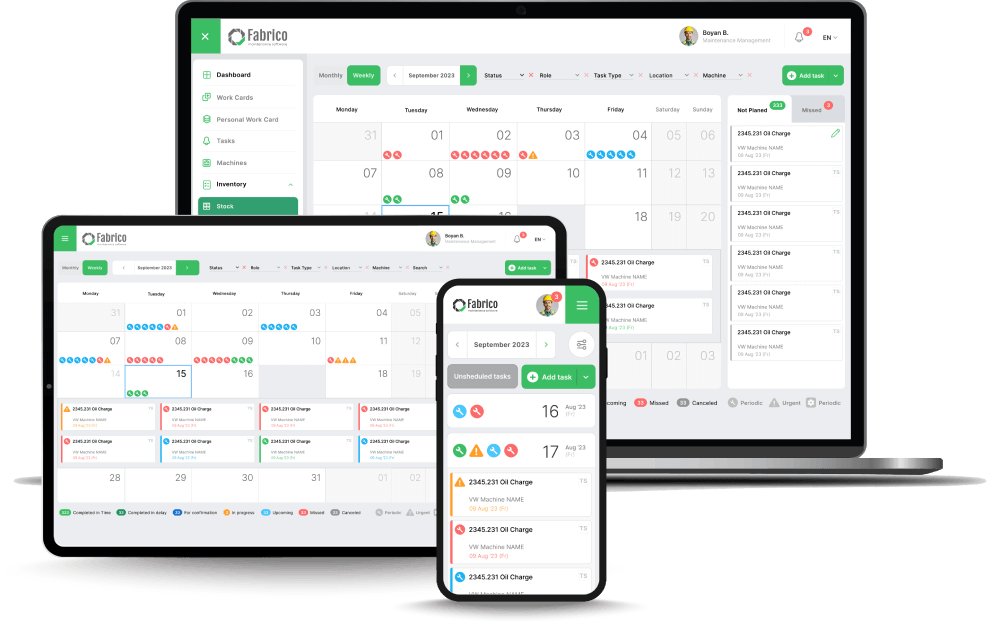How do you measure unplanned downtime?
Unplanned downtime is measured by monitoring the time a machine or production line is not operating due to unexpected disruptions or breakdowns.
Why is minimizing unplanned downtime considered a valuable asset for manufacturers?
Minimizing unplanned downtime is crucial for manufacturers as it can increase productivity, lower maintenance expenses, improve customer satisfaction, and maintain competitiveness.
What are the types of downtime in manufacturing?
In manufacturing, downtime is classified into two main types:
- Planned downtime: maintenance or equipment upgrades at a specific time.
- Unplanned downtime: resulting from unexpected malfunctions and failures.
What are the causes of unplanned downtime in manufacturing?
Unplanned manufacturing downtime can be caused by various factors, including machine malfunctions, human errors, poor maintenance, and supply chain delays.
How can businesses address the causes of unplanned downtime to improve operational efficiency?
Businesses can address the unplanned non-operational time causes by:
- integrating proactive maintenance strategies
- investing in advanced monitoring technologies
- conducting regular training for personnel
- optimizing production schedules
How does preventive maintenance help in reducing unplanned downtime?
Preventive maintenance involves regular inspections and equipment servicing. This contributes to identifying potential issues and reducing unexpected disruptions in operations.
What is the role of predictive maintenance in minimizing unplanned downtime?
Predictive maintenance utilizes real-time data and condition-based monitoring to foresee potential failures and address them. Thus, it helps prevent unplanned downtime and optimize production efficiency.
What are the potential costs associated with unplanned downtime in industrial manufacturing?
The unplanned downtime costs in industrial manufacturing include:
- lost production revenue
- increased labour expenses
- unforeseen repair or replacement costs
- potential damage to the company's reputation






